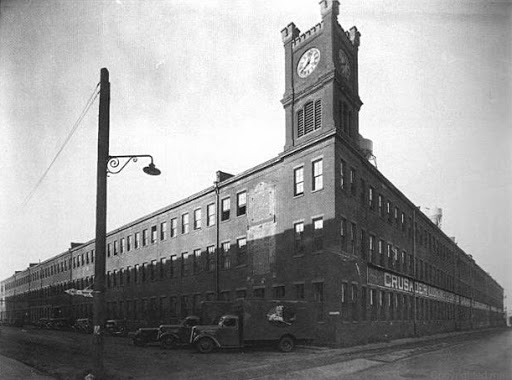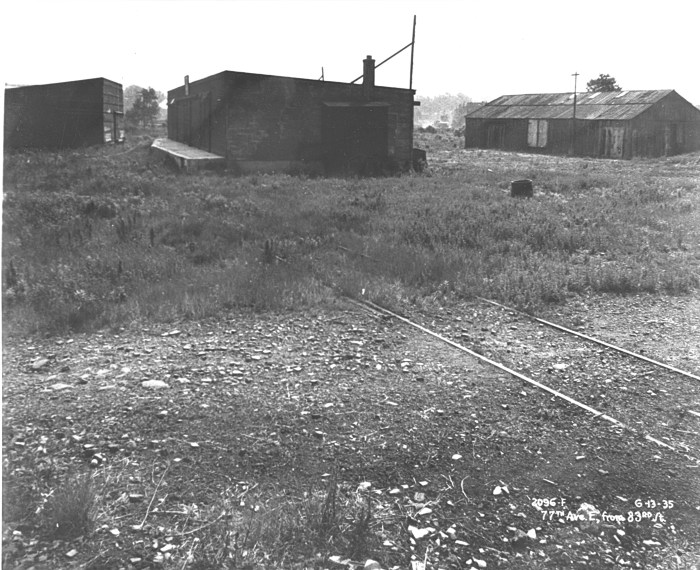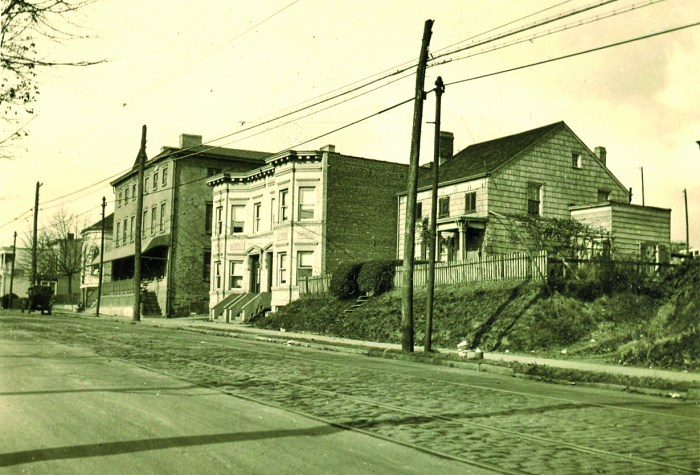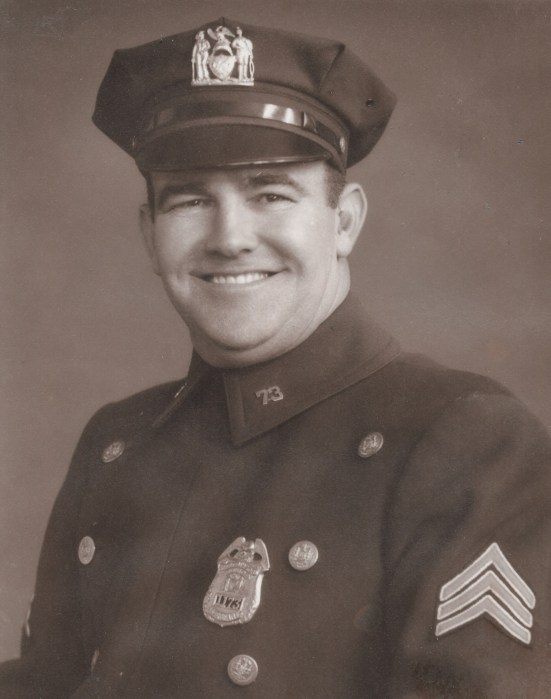It was John Pitkin who bought the land that was eventually christened Woodhaven and for that he is generally regarded as its’ founder. But it was a man who came here from Switzerland (via France) who can rightly claim the title “The Man Who Built Woodhaven.”
During his life, Florian Grosjean was extremely well-known and regarded in Woodhaven and beyond. Mr. Grosjean helped build several churches (some of them still active), a library, and a park. He helped bring street lights to Woodhaven and, in one of his most important acts, he brought the railroad to Woodhaven (along the surface of Atlantic Avenue).
Today, he is not very well-known at all outside of the older residents of Woodhaven who remember the factory, either in decline or as an abandoned building that was turned into a shopping center in the mid-1980s. But one hundred and forty-five years ago, there wasn’t a resident of Woodhaven who wasn’t aware of whom Mr. Grosjean was.
Back then, the residential section of Woodhaven lived south of Atlantic Avenue, in a section that is known today as Ozone Park. In those days it was called Woodhaven Village and it housed many of the neighborhood’s earliest settlers.
Woodhaven Village really took off with the purchase of the nearby factory by partners Florian Grosjean and Charles LaLance. The factory began pumping out metal kitchenware made from tin through a unique stamping process and was an immediate success.
Grosjean enticed many of his countrymen to come here from France and set them up in row houses that he owned along University Place (now 95th Avenue).
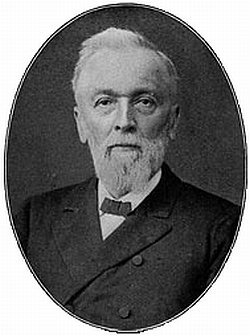
At that time, it was estimated that 8 out of every 10 people in Woodhaven were tied financially to the factory. If they didn’t work at the factory, their spouse did. Or they ran a business that depended on the factory.
To shape their metal and tin products, the wooden factory burned animal fat around the clock to keep the fires burning hot. But on the evening of February 21st, 1876 fire swept through the factory and rapidly destroyed everything except for the tall wooden clocktower which remained standing until approximately 2 a.m.
Then, with nearly the entire community watching, it collapsed in a spectacular fireball which many saw as the final sign that Woodhaven was finished.
As most of the residents of the small village of Woodhaven worked at the factory, the fire put nearly everyone out of work and a mass evacuation was underway. But Mr. Grosjean acted quickly and kept his workers on half-salary, and hired many of them full-time to help rebuild.
By August, a new and improved complex was opened with a taller, modern, brick clocktower that could be seen for miles. The clocktower sent a message that we were here to stay.
One wonders what kind of community Woodhaven (and Ozone Park) would have turned out to be had it been allowed to be abandoned and the factory never rebuilt. Instead, the business continued to grow, employing over 3,000 workers by the turn of the century and our neighborhoods grew and modernized around it.
Florian Grosjean passed away just after the turn of the century and though the business generally prospered over the next few decades, it eventually declined and went under in the mid-1950s.
Today, there is a historical marker (placed by the Woodhaven Cultural & Historical Society) outside of the old LaLance & Grosjean stamping factory. And of course, the clocktower remains, standing tall over the communities it once served, telling the story of a group of people long ago who refused to give up in the face of adversity.
Sadly, though, the clock itself has not been operational in many years.
Florian Grosejan may not be well-known by residents of Woodhaven and Ozone Park but the impact of his life is all around us.

